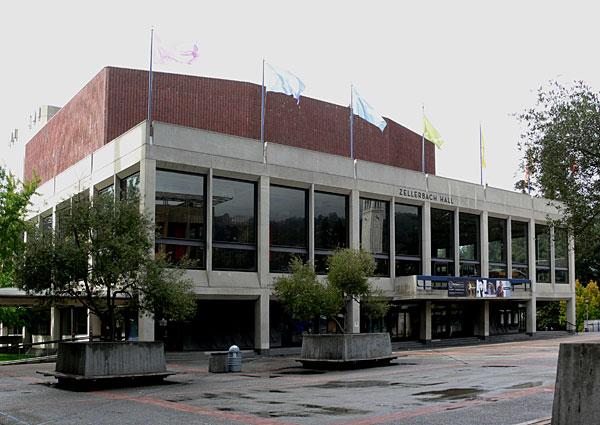| Columns Retired Columns & Blogs |
Zellerbach is one of the worst halls I've ever heard. Its ugly, grey, bare concrete walls, with their endless angles, corners and projections, soak up sound like foam. The room is acoustically dead. And the seats creak loudly, adding to the already prominent audience noise. It's even worse than Davies Symphony Hall in San Francisco, home of the SF Symphony, which was designed so poorly that large sheets of plastic had to be hung from the ceiling, high above the stage, to reflect sound. In both these halls, appearance takes priority over function, which is typical of Bay Area structures (e.g., the new eastern span of the Bay Bridge and San Francisco Public Library).
Much better is Hertz Hall, also on the UC Berkeley campus. Its a wooden room, much smaller than Zellerbach, with a warm, intimate, detailed and natural sound. It's smaller size, however, limits the performances it can accommodate.








































